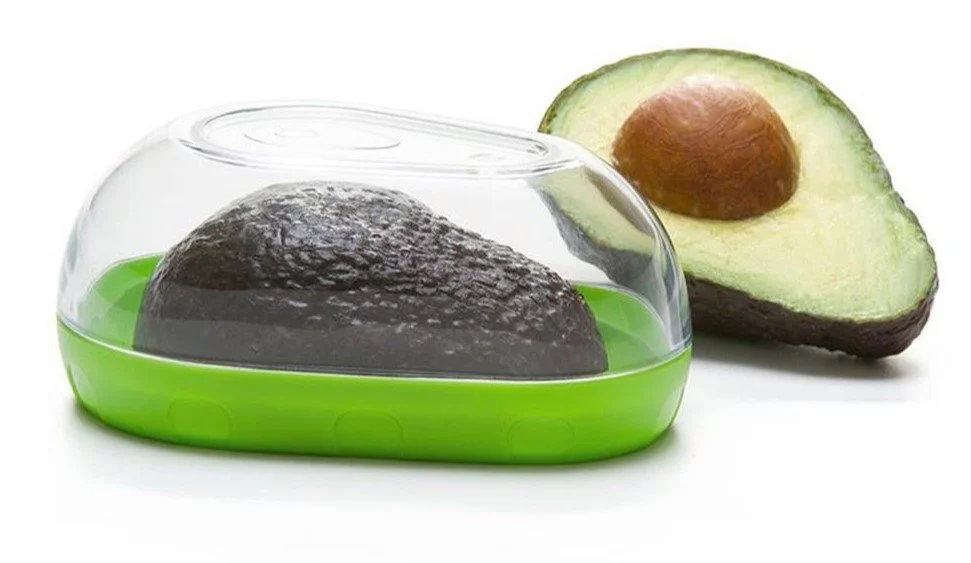Tips for Organising your Fridge
Keeping a fridge organised isn’t always easy, but my best tip is to give everything a designated place and stay on top of it with regular check-ins. I’m not a big fan of the big weekly shop, we prefer to buy as we go in our local shops, especially for fresh items like meat, fish, fruit and vegetables. We still hit the supermarket for everything else, but this approach works for us. It keeps the fridge from becoming overpacked, helps us know exactly what we have, makes meal prep easier and definitely minimises food waste.
It takes a minute, but I like to give the fridge a quick wipe-down before putting new food away. I also rotate our food, especially when placing into containers, I take out the current contents, add the fresher food to the bottom, and place the older food on top. (Brings me back to my shelf-stacking days as a young one in Centra—rotate, rotate, rotate!)
We have a full fridge with a large bottom drawer, and I used to store all our fruit and vegetables there. But lately, I’ve changed things up and now use the drawer for bottles and awkward items that don’t fit neatly on the shelves. Sometimes the drawer was like a bottomless pit, with things getting piled on top of each other and forgotten.
Now, I instead use clear containers for fruit and vegetables and store them on the shelves. I don't add labels to the containers for flexibility, which makes it easy to adjust what goes into containers on any given week.
A mix of storage containers I purchased from Dunnes & Lidil
With the containers, the contents of your fridge are much more visible and accessible
Here are my top tips for organising your fridge, storing food correctly and maintaining a clean, efficient space;
1. Start with A Deep Clean
Before organising, take everything out and get rid of any out of date or spoiled food. Clean the inside with a mixture of warm water and baking soda or warm soapy water to remove stains and odours. Avoid using harsh chemicals, as they can leave a lingering smell that affects your food.
2. Assign A Designated Purpose For Each Shelf (It is really important to store your fridge items separately, to avoid contamination).
Top Shelf: Best for ready-to-eat foods like leftovers (I always label leftovers, with the contents and date made), drinks, and snacks. I also store fresh herbs here, I put some water into a small jar and pop the herbs in, you could also wrap herbs in some damp kitchen paper, it helps to keep them fresher longer. You can also store cooked meats like ham, turkey etc. on this shelf, if you don’t have room on this shelf, you can store in the middle shelves.
Middle Shelves: Ideal for dairy products, such as yogurt, cheese, milk and butter. I prefer to store my fruit and vegetables in the middle section, in containers, these go right under my dairy shelf, but you may prefer to use the drawers for these.
Lowest Shelves: These are the coldest parts of the fridge, perfect for raw meats, poultry and seafood. Store them in sealed containers to avoid contaminating other foods. Raw and cooked meat should be stored separately.
Drawers: As I mentioned, I now store all my bottles and larger awkward items in the drawer. However, if you choose to store your fruit and vegetables here, separate your fruit from your veg. Ethylene gas, a natural gas that some fruits emit, can speed the ripening process of some fruits and vegetables.
Fridge Door: The warmest part of the fridge, suitable for condiments, juices and drinks. I store our milk in the door as I find it more accessible than storing on a shelf, although some would say avoid storing here as the temperature fluctuates too much.
3. Useful Fridge Organisers
Transparent Containers: These see through containers come in a variety of sizes and help you quickly see what you have, reducing waste. There are some really cool ones handy for berries, it comes with two parts so you can wash the berries and keep them ventilated for freshness. I also love the containers with handles, very handy to pull and grab food quickly, otherwise it is very easy for items to get lost in the back of the shelves. You can mix it up by adding containers with lids, to keep food fresher for longer.
Airtight Containers: These are handy for storing leftovers. Label containers with details of the contents and dates to keep track and encourage first-in, first-out use. I have specific ones then for storing cheeses, onions, avocados, tomatoes and lemons, I couldn’t be without these.
Lazy Susan Turntable Storage: I only recently started using these in my presses and I’m slightly addicted! They make condiments, yoghurts and other small items easily so accessible instead of getting shoved to the back, they can take up alot of room in a fridge. You would be dedicating one full shelf.
Glass Jars/Containers: I find these handy for storing homemade dressings, or I soak my overnight oats in larger glass containers.
Can Dispenser: Cans are best stored on the top shelf, but if you prefer a dispenser, this keeps them neat and easy to access. You store cans on their side in these.
A well organised fridge doesn’t just look good, it makes meal prep easier, saves money by reducing waste and keeps your kitchen running smoothly. With a little effort and the right storage solutions, you’ll wonder how you ever managed without it!
I hope you find these fridge organising tips useful. However, if it all seems like too much work and you would like our help getting your fridge in order, get in touch and let’s get OrganiseD together!
OrganiseD is a Tipperary based decluttering & organising business, you can follow me by clicking the links below.





